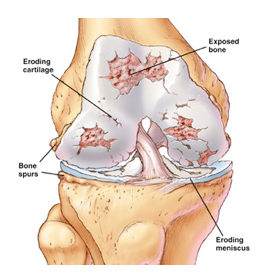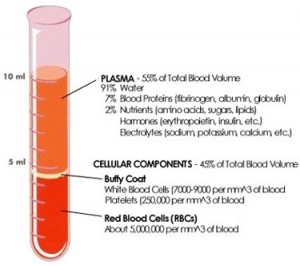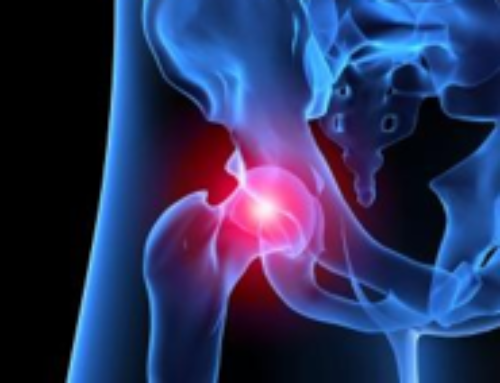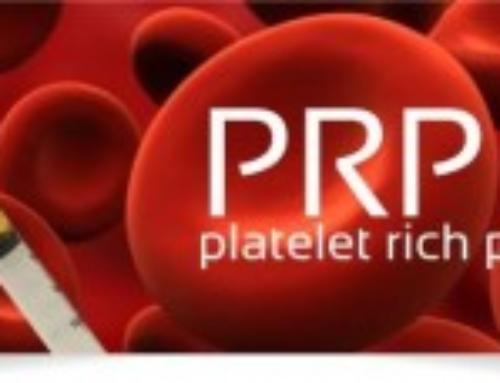FAQs on PRP Therapy for Knee Arthritis in Beverly Hills and Los Angeles
What causes knee arthritis?
Arthritis of the knee can come from a variety of causes. Of these, osteoarthritis is the most common degenerative condition that affects the joints. This can present with a wide variety of symptoms, but most commonly, patients complain of pain and tenderness at the joints that is worse at the end of the day, reduced range of motion or joint stiffness, or locking of the joints.
Osteoarthritis of the knee results from the progressive wear and tear it receives through the years. The articular cartilage of the knees, which allow the bones of the joint to glide smoothly over each other, degenerate and break down at a rate faster than the body can repair. This leads to inflammation and irritation of the joint, causing the symptoms. Osteoarthritis is aggravated by conditions that add stress to the knee joint, such as excess body weight, or loss of neuromuscular coordination.
What is the standard treatment of knee arthritis?
When possible, conservative treatment options are preferred when treating arthritis of the knee. This can range from physical therapy and rehabilitation to improve the conditioning of the supporting muscles of the knee, weight loss through exercise, diet, and lifestyle modification, and analgesic medications to control the pain symptoms. If conservative options fail, surgery to partially or completely replace the knee (partial or complete arthroplasty) may be recommended.
What is platelet rich plasma therapy?
Platelet rich plasma (PRP) therapy is a novel therapy that has received considerable media attention because of its use by athletes such as Tiger Woods and Rafael Nadal. PRP therapy in Beverly Hills is still an experimental treatment that is still not approved for routine use in patients. It is theorized that PRP improves cartilage healing in cases of degenerative arthritis. Animal models have shown that chondrocytes (cartilage-producing cells) and mesenchymal stem cells proliferate after PRP exposure.
Studies have shown that PRP therapy promotes the production and secretion of important growth and repair factors. These include:
- platelet-derived growth factor

- transforming growth factor beta
- fibroblast growth factor
- insulin-like growth factor 1
- insulin-like growth factor 2
- vascular endothelial growth factor
- epidermal growth factor
- Interleukin 8
- keratinocyte growth factor
- connective tissue growth factor
How is PRP therapy done?
PRP is prepared from venous blood drawn from the patient. It is run through a centrifuge to be separated into three layers: (1) the top layer of plasma; (2) the platelets and white blood cells (also known as “the buffy coat”); and (3) the red blood cells. It is the “buffy coat” that is harvested for PRP: it can be concentrated to eight times as much as normal blood, and contains higher amount of platelet and growth factors. The prepared PRP is injected into the damaged area to promote healing and repair.
What are the outcomes with PRP therapy?
Current studies of PRP therapy are limited to case reports and small-scale clinical experiments. PRP therapy outcomes have been generally positive, with patients demonstrating improvements after PRP therapy. Pain scores in patients with osteoarthritis improved, compared to control groups. However, the improvements are inconsistent, with some studies demonstrating that benefits from PRP therapy do not persist beyond six months after treatment. Studies have also failed to consistently demonstrate improvements in function, whether short- or long-term.
Dr. Raj at Beverly Hills Orthopedic Institute offers the top stem cell therapy in Los Angeles and Beverly Hills. This includes PRP therapy, Bone Marrow Derived stem cells and Amniotic Derived Stem Cells. Call today – 310.247.0466 !
References
Chang KV, Hung CY, Aliwarga F, Wang TG, Han DS, Chen WS. Comparative effectiveness of platelet-rich plasma injections for treatingknee joint cartilage degenerative pathology: a systematic review and meta-analysis. Arch Phys Med Rehabil. 2014 Mar;95(3):562-75. doi: 10.1016/j.apmr.2013.11.006.
Halpern B, Chaudhury S, Rodeo SA, et al. Clinical and MRI outcomes after platelet-rich plasma treatment for kneeosteoarthritis. Clin J Sport Med. 2013 May;23(3):238-9. doi: 10.1097/JSM.0b013e31827c3846.
Khoshbin A, Leroux T, Wasserstein D, et al. The efficacy of platelet-rich plasma in the treatment of symptomatic kneeosteoarthritis: a systematic review with quantitative synthesis. Arthroscopy. 2013 Dec;29(12):2037-48. doi: 10.1016/j.arthro.2013.09.006.




